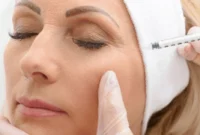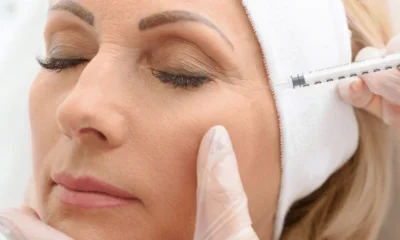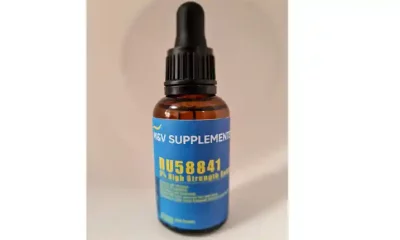Health
Do I Need To Undergo Surgery To Get Rid Of My Varicose Veins? A Take From a Boise Vein Clinic

Changing your way of living and wearing compression socks are generally the initial steps in treating your varicose veins, which are those knotted, swollen, and pigmented veins caused by the accumulation of blood in the legs.
However, your varicose vein treatment boise doctor may recommend advanced medical treatment if you have any of the following symptoms:
- Unbearable pain.
- Skin issues are a common occurrence.
- Blood clots.
Some individuals prefer to have surgeries to enhance the appearance of their legs as well.
There are two types of procedures for treating varicose veins:
- Closing the Veins
- Sclerotherapy: A treatment in which your doctor injects a type of solution into your vein, causing it to scar. An injured vein gets reabsorbed into the body’s tissues and disappears. The blood is forced to take a different path to have better veins. To fully close a vein, you may require multiple sessions four to six weeks apart.
- Endovenous ablation therapy: Your doctor will use a laser or radio waves to close your varicose veins in this procedure. They’ll begin by numbing the region surrounding the vein using an anesthetic. A tiny incision will be made in your skin, and a thin tube will be inserted. A laser or radio wave is used to generate heat in the tube. The numbing agent is often only felt during the injection process.
- Vascular endoscopy: It is a method that uses an endoscope, a small camera on a tube. A small incision is made in your skin, and a needle is inserted into your vein. They seal your vein with a surgical instrument attached to the end of the tube. Unless your varicose veins are causing significant skin ulcers, you generally won’t need this operation. After an endoscopic vein surgery, you’ll be able to resume your typical activities in two weeks or less.
- Vein removal
- Ambulatory phlebectomy:
In this technique, small varicose veins are removed from the skin’s surface using a needle and a small scope, making it a less invasive option. Your physician will administer a local anesthetic before tiny incisions are made to access the veins to be removed. In most cases, you’ll be able to return home the same day.
- Vein stripping and ligation:
These are options only for the most challenging situations. A general anesthetic will put you to sleep. Your doctor will make incisions in your skin, tying off the veins and then removing them from your body. You may be discharged from the hospital the same day as your procedure. The time it takes to recover varies from one to four weeks.
Also know about Picuki
Only pre-existing varicose veins can be treated by the methods stated above. You may take actions to inhibit the emergence of new ones, such as regular exercise, maintaining a healthy weight, sitting with your feet up, and wearing loose clothing.
click here for more articles.
Related posts:

Categories
- Apps (1)
- Automotive (23)
- Beauty (7)
- Business (117)
- Celebrities (2)
- Digital Marketing (21)
- Ecommerce (1)
- Education (18)
- Entertainment (25)
- Events (6)
- Features (4)
- Fitness (10)
- Food (1)
- Forex & Crypto (15)
- General (105)
- Health (48)
- House (61)
- Lifestyle (48)
- Marketing (8)
- Parenting (3)
- Pets (10)
- Real Estate (7)
- Safety and Security (11)
- Social Media (20)
- Sports (96)
- Technology (67)
- Travel (22)


















